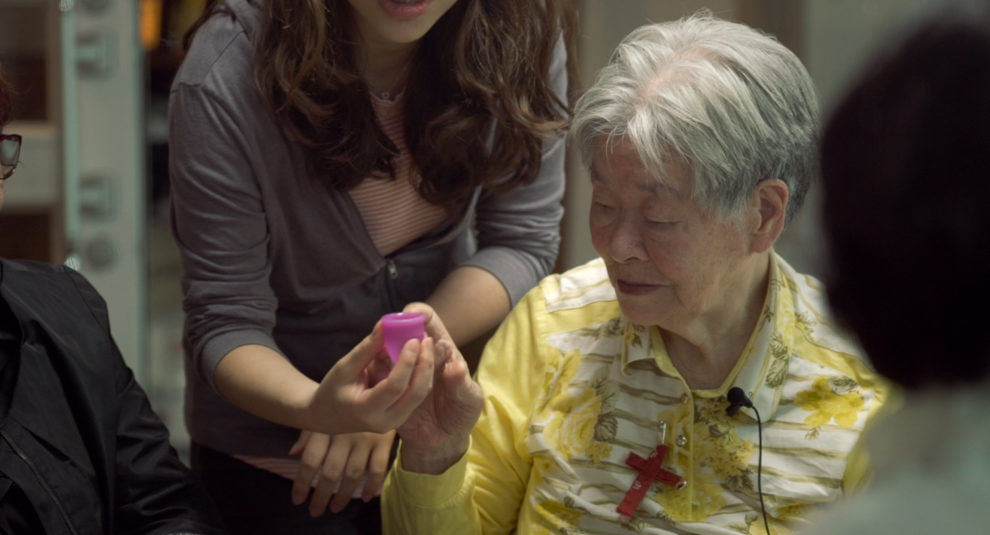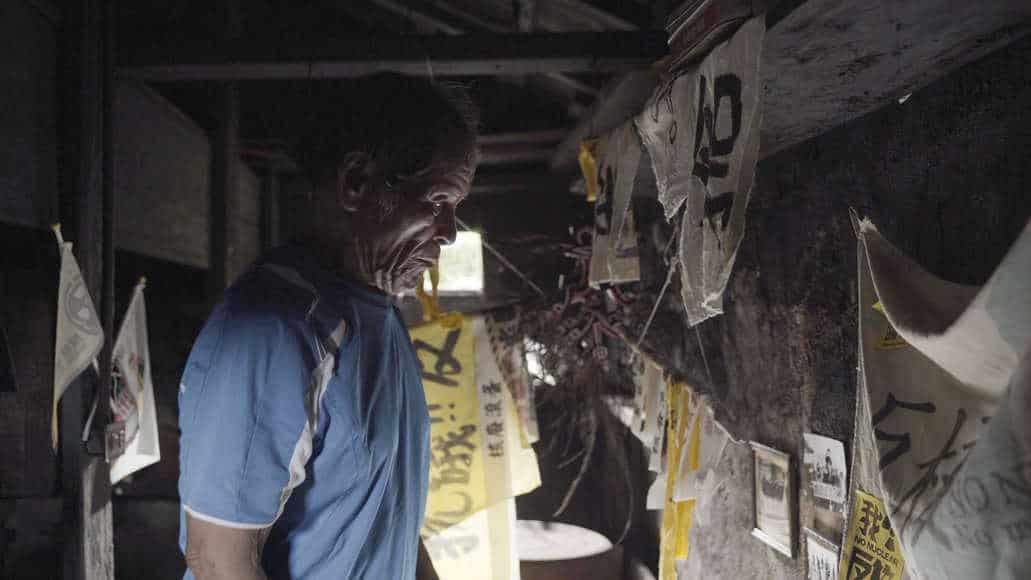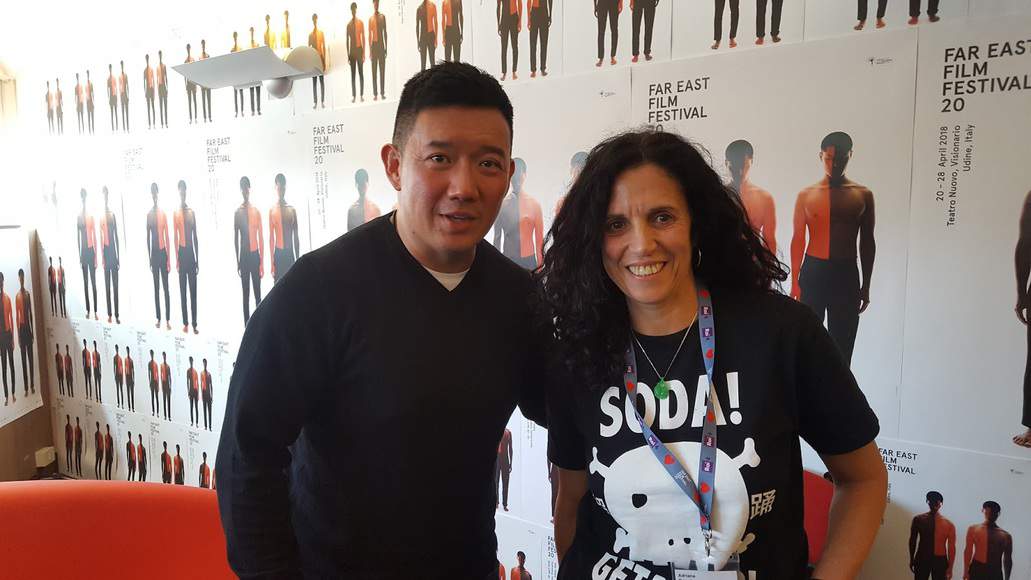One of the main purposes of cinema is to challenge stereotypes, preconceptions and essentially to promote discourse about topics society rarely wants to mention even. “For Vagina's Sake” is a film that does exactly that, through an approach that manages to be direct, sincere, realistic, but not militant or polemic.
“Way Back Home” is screening in Hong Kong Arts Centre on Friday 22/5 at 3:30 pm
as part of Women Direct. Korean Indies! – Korean Women Independent Film series, under the signature programme of the Hong Kong Arts Centre, Independently Yours
After an introduction that highlights the international impact of the issue, the documentary uses S. Korea as a case study in order to talk about female menstruation, as thoroughly as possible. That women's period is still taboo in the country becomes evident from the presentation of the period pouches presented, which are essentially a fashionable way to hide tampons and pads.
The film then proceeds on highlighting the history of “bleeding” and the ways women implemented to handle the issue in the past, as three generations of Korean women talk about their experiences, occasionally revealing processes (waking up at 6 am to wash their self-made pads in secret) that sound brutal by today's standards. As various memories and personal events come to the fore, however, the common point of all the women is also revealed, that of their society-forced shame about something that is nothing more than a bodily function.

The narrative then moves to a number of incidents in Korea, and particularly one of a woman who is later revealed suffering from polycystic ovaries having bled in a seat of the subway, an image that was photographed, shared in social media, and subsequently causing a rather intense lash out towards the woman, from people of both sexes. The social outcry highlights how society still perceives the function as something almost “unholy”, with Kim actually including in the documentary how various religions and cultures perceived the phenomenon in the past, showing that the misconceptions are global and have been going on for centuries.
Furthermore, the documentary also includes various bloggers and vloggers from various countries, who deal with all the aforementioned aspects, while frequently facing similar lash-outs. This part also deals with the various different options that exist nowadays (pads, reusable pads, tampons and cups) thoroughly explaining their use and their differences, in a highly educating part of the documentary. Lastly, the movie presents the different laws and legislature revolving around female products, and the efforts of politicians and activists to legally characterize them as emergency supplies, and thus excluding them from tax or even providing them free on specific occasions.
For the most part, Kim Bo-ram implements a “talking heads” approach to the documentary, which, considering the number of speakers (historians, politicians, the director and her family etc) and the variety of input they share, manages to be much more than just “people talking”. At the same time, the various animations, the social media footage, the videos of actual menstruation blood running, and a number of other segments, as the visit to a school where the students talk about female anatomy and are introduced to various sanitary products, provide a much-needed relief, also adding to the entertainment the film offers. In that regard, the editing of the movie is excellent, both in the way it combines these different cinematic aspects and for inducing the narrative with a rather fast pace that allows the phenomenon to be presented in the most analytical fashion, in just 84 minutes.
Through all the aforementioned aspects, the main goals of the documentary also emerge: women's demand to choose the right to bleed, and, at last, for people all over the world to perceive female menstruation simply as another bodily function.
“For Vagina's Sake” it an excellent documentary, both in terms of context and presentation, as it fulfills all the goals mentioned in the prologue while also educating about an issue that is still considered taboo, unfortunately.














